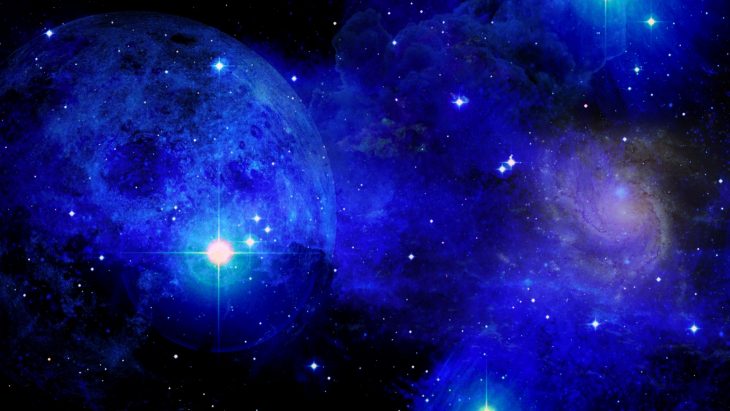
Outer space is a vast, mysterious expanse filled with wonders that boggle the mind. Have you ever thought about what strange and bizarre things might be floating around out there? From planets made of diamonds to stars that could fit millions of Earths inside them, the universe holds secrets that are both fascinating and bewildering. Imagine encountering a planet where it rains glass sideways or a moon that spews ice volcanoes. These are just a few examples of the extraordinary phenomena that can only be found beyond our home planet. Buckle up, because we’re about to embark on a journey through 28 of the most bizarre things you can only find in outer space!
1
of 28
Kuiper Belt

The Kuiper Belt is a region beyond Neptune, filled with icy bodies and dwarf planets like Pluto. It extends from about 30 to 55 astronomical units from the Sun. This area is believed to be a remnant of the early solar system. Objects here are composed mainly of frozen volatiles such as methane, ammonia, and water. The Kuiper Belt is crucial for understanding planetary formation and the solar system’s evolution.
Read More About Kuiper Belt: Kuiper Belt Facts
2
of 28
Dark Energy
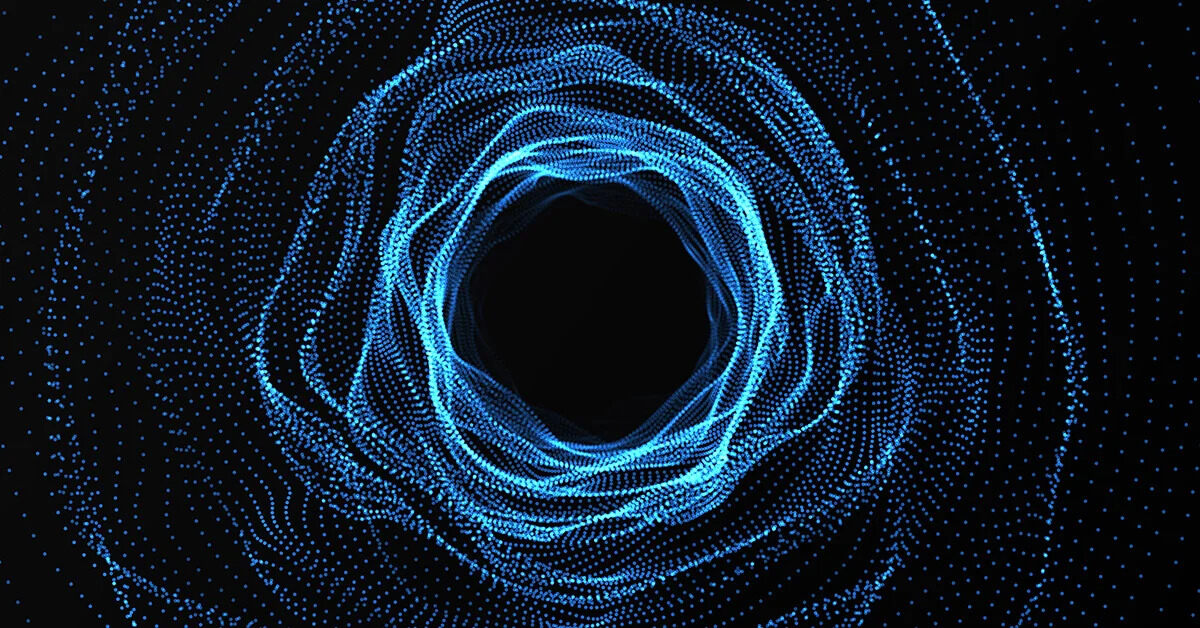
Dark energy makes up about 68% of the universe, driving its accelerated expansion. It remains one of the most mysterious aspects of cosmology. This force counteracts gravity, pushing galaxies apart. Scientists study its effects through observations of distant supernovae and the cosmic microwave background. Despite extensive research, its true nature eludes understanding, presenting one of the greatest challenges in modern astrophysics.
Read More About Dark Energy: 9 Unbelievable Facts About Dark Energy
3
of 28
Neutron Stars

Neutron stars, the remnants of massive stars that exploded in supernovas, are among the universe’s most extreme objects. With a mass greater than our Sun but packed into a sphere only about 20 kilometers across, their density is mind-blowing. Imagine cramming a mountain into a sugar cube! These celestial powerhouses spin rapidly, emitting beams of radiation that sweep across space like cosmic lighthouses. Some even form in pairs, creating gravitational waves that ripple through spacetime. Their bizarre properties challenge our understanding of physics, making them a fascinating subject for astronomers and science enthusiasts alike.
Read More About Neutron Stars: 12 Fascinating Facts About Neutron Stars
4
of 28
Black Holes

Black holes are some of the most mysterious and fascinating objects in outer space. Imagine regions where gravity’s pull is so strong, not even light can escape. Massive stars collapse under their own weight, creating these cosmic enigmas. Some black holes devour everything nearby, while others emit powerful jets of energy. They warp space and time, challenging our understanding of physics and the universe. Scientists study them to uncover secrets about the cosmos, including the nature of time and existence. From their event horizons to their singularities, black holes represent the ultimate challenge to human knowledge and imagination.
Read More About Black Holes: 14 Surprising Facts About Black Holes
5
of 28
Quasars
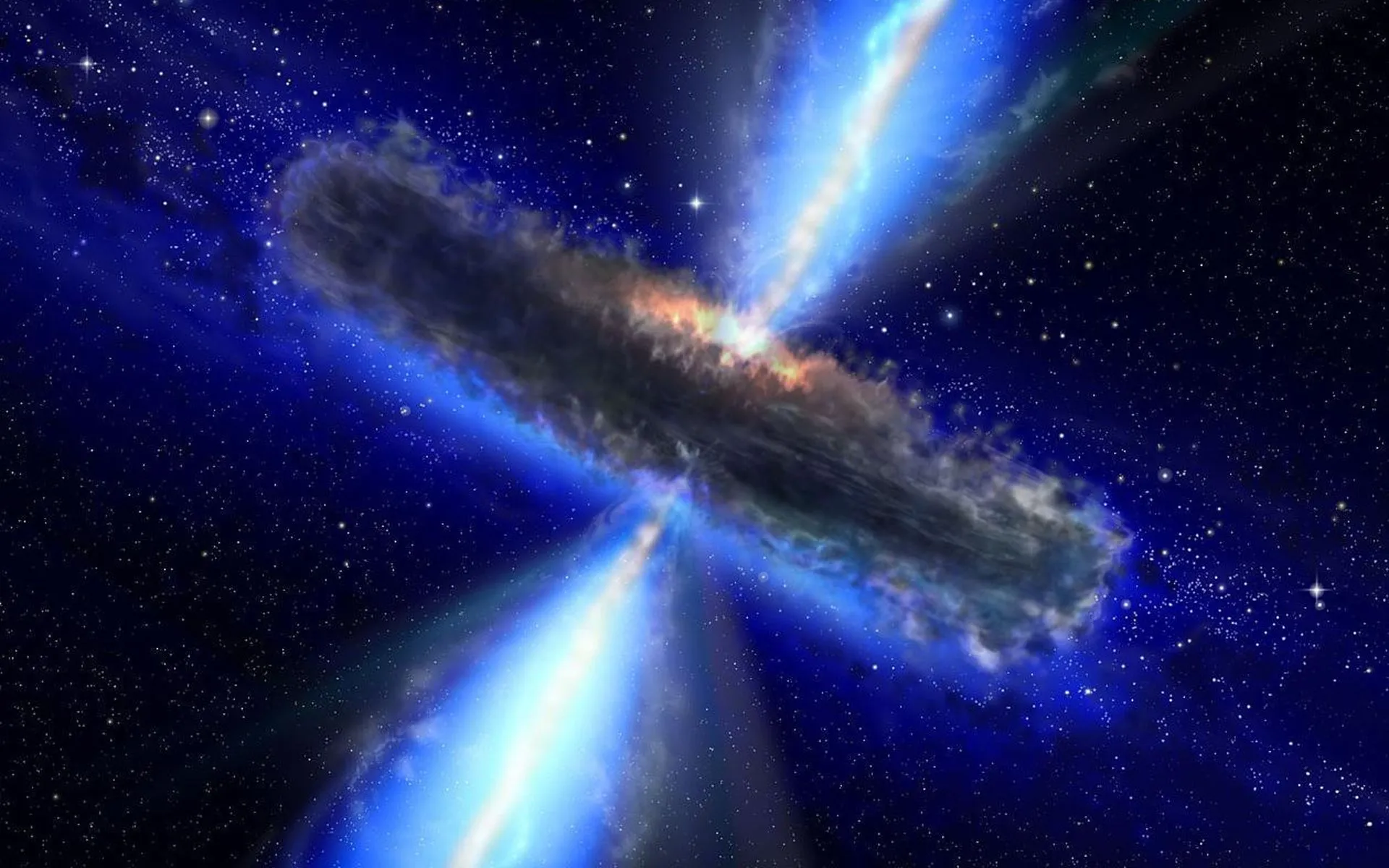
Quasars are some of the wildest things you’ll find in outer space. These incredibly bright objects are powered by supermassive black holes at the centers of distant galaxies. Quasars emit massive amounts of energy, often outshining entire galaxies. They were first noticed because of their strange radio wave emissions, which puzzled scientists for years. Quasars help us understand the early universe, as their light has traveled billions of years to reach us. Imagine a light so intense that it outshines everything around it, and you’ve got yourself a quasar. Fascinating, isn’t it? Dive into more about these cosmic powerhouses!
Read More About Quasars: 18 Astonishing Facts About Quasars
6
of 28
Pulsars
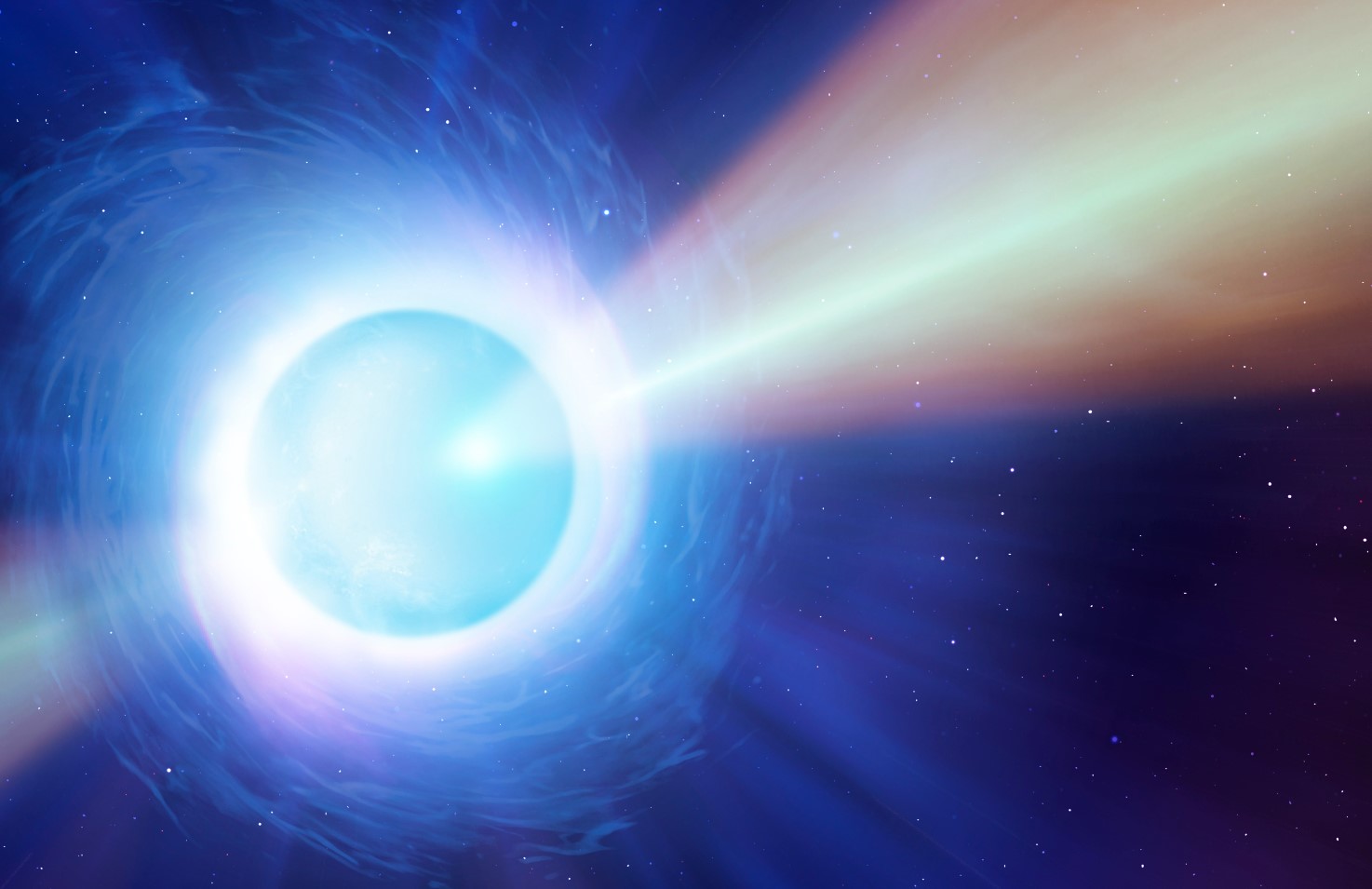
Pulsars are some of the most fascinating objects scattered across the cosmos. These rapidly spinning neutron stars, born from supernovae explosions, emit beams of electromagnetic radiation detectable on Earth as they sweep through space. Pulsars appear to pulse on and off with a regular rhythm, much like cosmic lighthouses. Their consistency and precision make them incredibly valuable for studying the universe’s mysteries, including gravity and time. Yet, despite their regularity, each pulsar’s story and characteristics remain unique, adding an element of marvel to our understanding of outer space. Get ready to be dazzled by these celestial wonders!
Read More About Pulsars: 12 Unbelievable Facts About Pulsars
7
of 28
Dark Matter

Dark matter, that mysterious substance, makes up most of the universe’s mass, yet remains unseen. Scientists can only detect it through its gravitational effects, warping light from galaxies and pulling stars. Imagine an invisible glue holding everything together, but nobody can directly observe or touch it. It’s like knowing a ghost exists because objects float, but never seeing the ghost itself. This cosmic enigma leads to wild theories and deep space studies, keeping astronomers on their toes. For those curious about outer space’s weird wonders, dark matter is a mind-bending topic you can’t ignore.
Read More About Dark Matter: 19 Surprising Facts About Dark Matter
8
of 28
Exoplanets
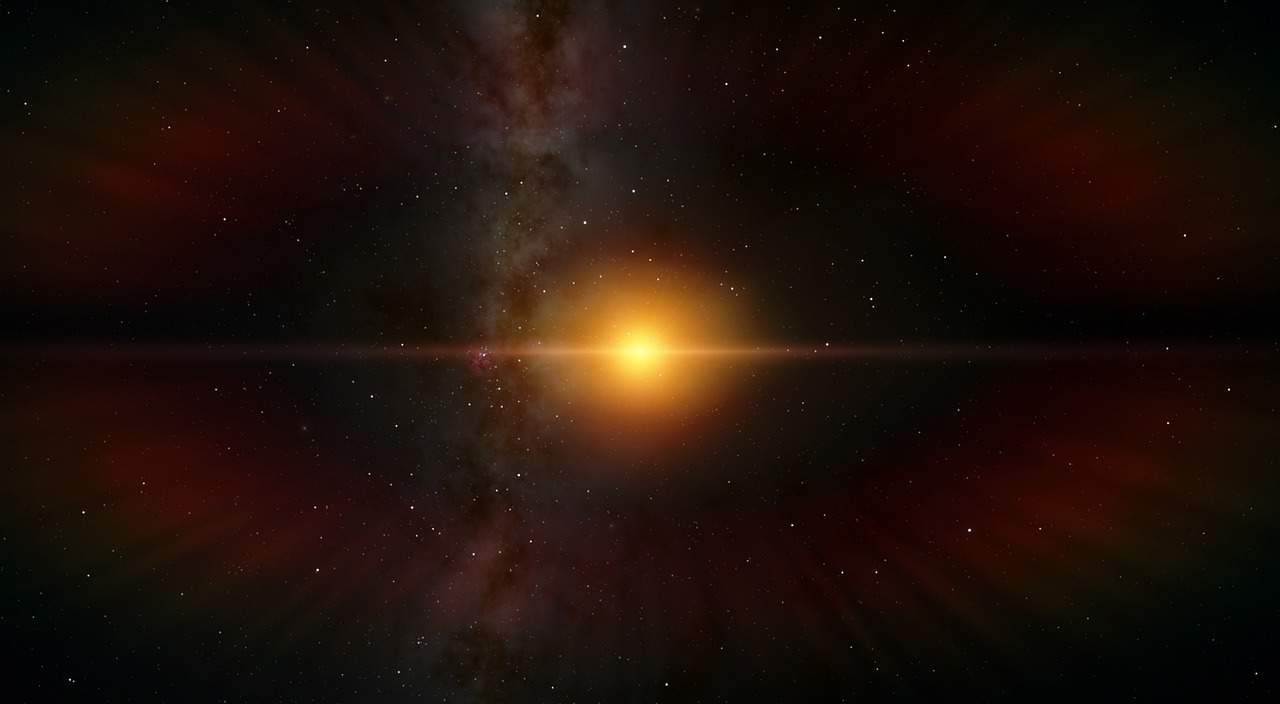
Exoplanets are fascinating worlds orbiting stars outside our solar system. These distant planets come in all shapes and sizes, from massive gas giants to rocky Earth-like spheres. Some even have bizarre features, like raining glass or oceans of lava. Studying exoplanets helps us understand the vastness and diversity of space, shedding light on the potential for life beyond Earth. Join the exciting quest to uncover the secrets of these celestial wonders and delve into the mysteries that make outer space so incredibly weird and wonderful.
Read More About Exoplanets: Exoplanets Facts
9
of 28
Cosmic Microwave Background Radiation
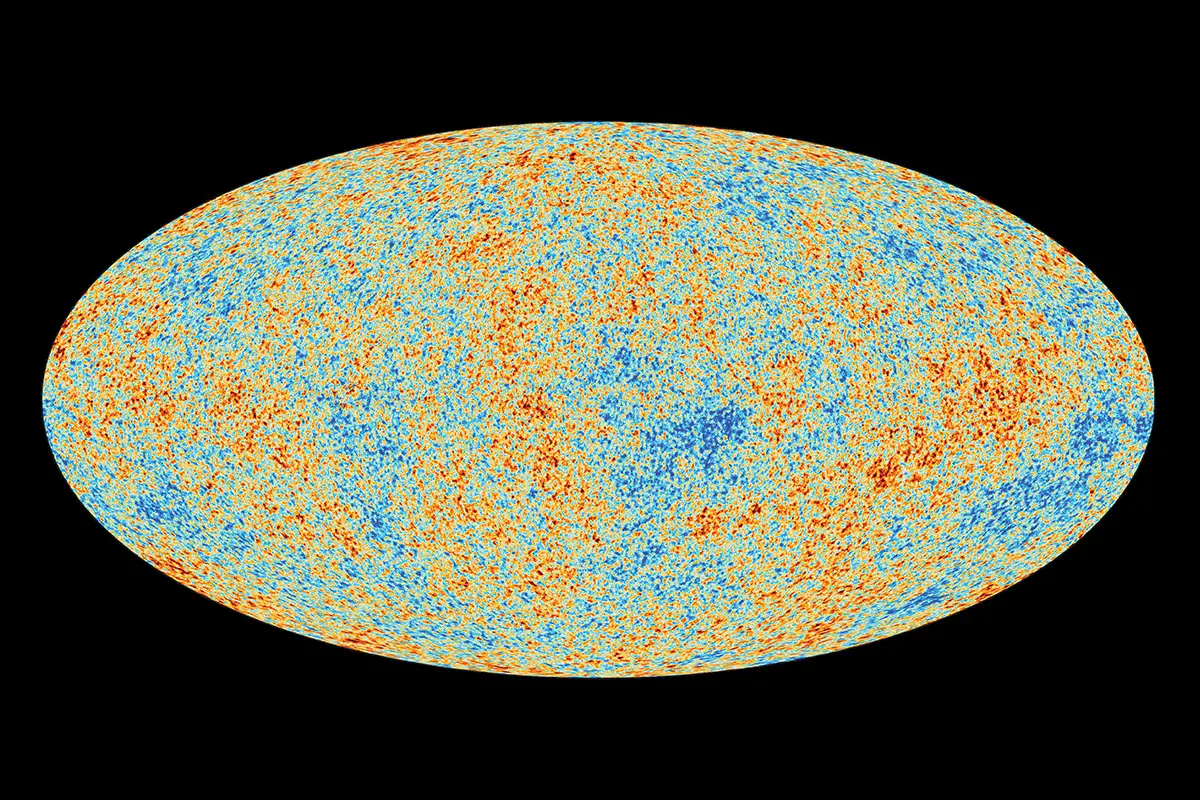
Cosmic Microwave Background Radiation (CMBR) is a faint glow left over from the Big Bang. This ancient light provides a snapshot of the universe when it was just 380,000 years old! Spread throughout the cosmos, CMBR reveals invaluable clues about the early universe’s temperature, composition, and structure. Imagine a baby picture of the universe, frozen in time and spread across the sky. This relic radiation helps scientists understand how the universe expanded and evolved into the vast, complex place we see today. Dive into these mind-bending facts about CMBR and uncover the secrets of our cosmic past.
Read More About Cosmic Microwave Background Radiation: 15 Unbelievable Facts About Cosmic Microwave Background Radiation
10
of 28
Gravitational Waves
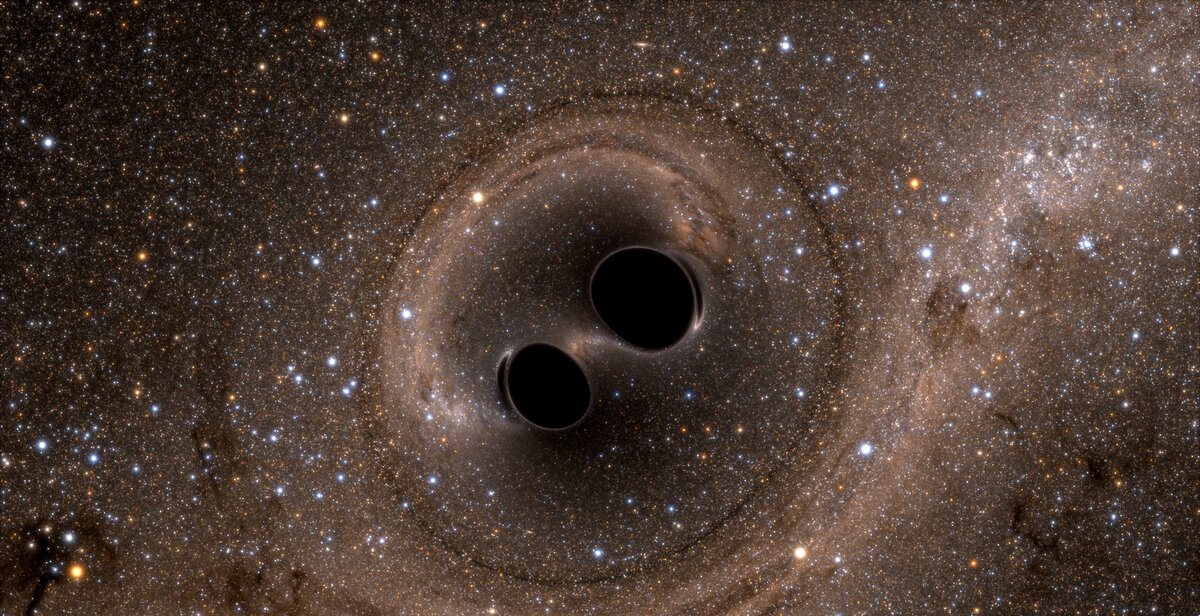
Gravitational waves ripple through the cosmos, stretching and squeezing the fabric of spacetime itself. These waves result from colossal cosmic events, like black hole mergers or neutron star collisions. By studying them, scientists gain insights into the universe’s most mysterious phenomena. Imagine space’s silent symphony, where unseen forces play a cosmic melody. Detecting these waves requires mind-boggling precision, showcasing human ingenuity. Phenomena remain hidden until these waves reveal their secrets. Gravitational waves not only confirm Einstein’s theories but also pave the way for future discoveries, transforming our understanding of the universe beyond our wildest dreams.
Read More About Gravitational Waves: 14 Astounding Facts About Gravitational Waves
11
of 28
Magnetars
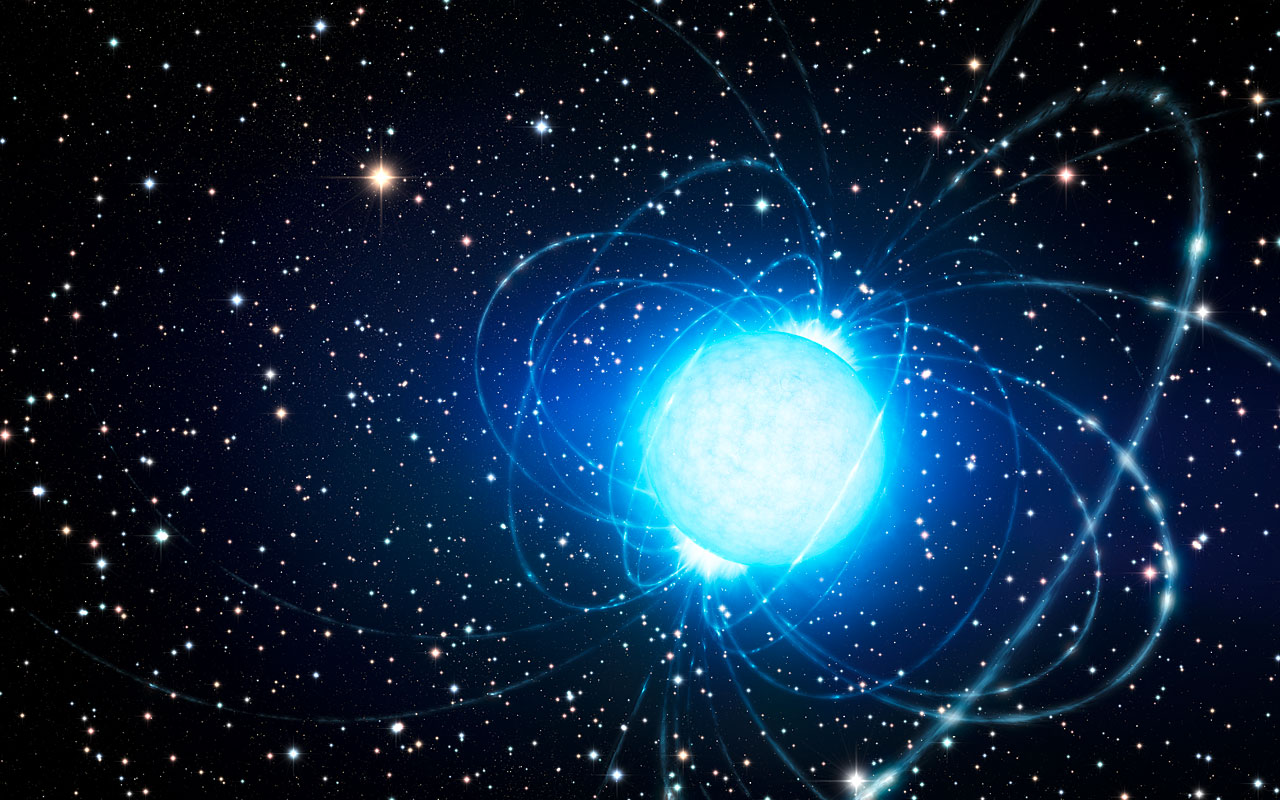
Magnetars are some of the most mysterious and powerful objects in the cosmos. These neutron stars possess incredibly strong magnetic fields, which can be a trillion times stronger than Earth’s. Their magnetic energy releases in bursts of X-rays and gamma rays, creating spectacular light shows observable from Earth. Occasionally, magnetar outbursts can even affect our planet’s ionosphere. Despite their small size, only around 20 kilometers in diameter, they pack a punch with their intense magnetic forces. If you’re fascinated by celestial wonders, magnetars will definitely blow your mind. Dive into their enigmatic world and uncover what makes them so extraordinary.
Read More About Magnetars: 13 Unbelievable Facts About Magnetars
12
of 28
Gamma-Ray Bursts
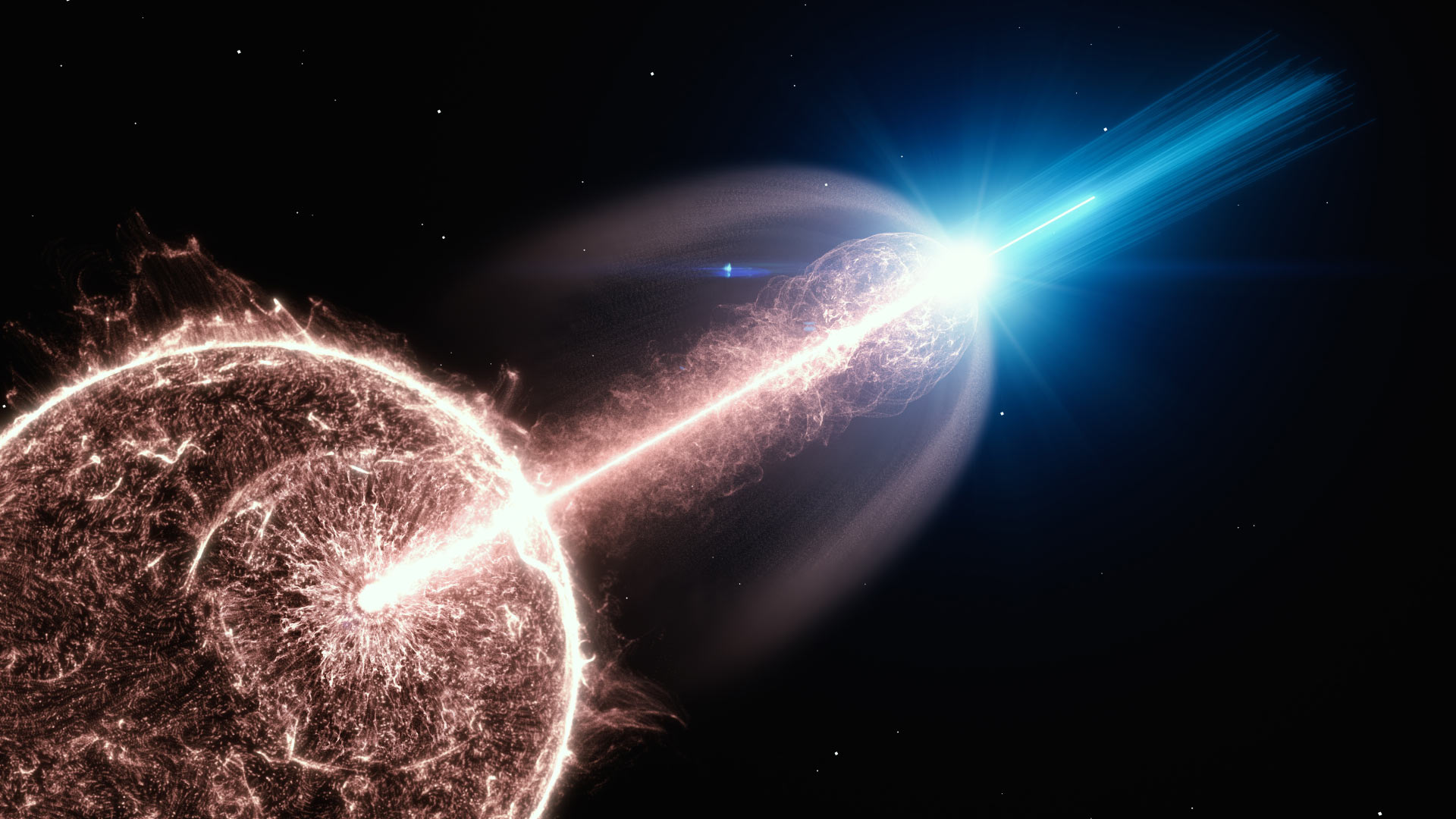
Gamma-ray bursts, the universe’s dazzling and mighty fireworks, continue to boggle minds. These intense blasts of high-energy radiation light up the cosmos—sometimes outshining entire galaxies for brief moments. Imagine witnessing an explosion so powerful it can disrupt radio signals on Earth from billions of light-years away. Thought to be caused by massive stars collapsing into black holes or neutron stars merging, these bursts are cosmic spectacles of unimaginable magnitude. They send scientists scrambling to understand their origins and impacts. Dive into the mysteries behind these incredible space phenomena and uncover what makes them one of the most electrifying events out there.
Read More About Gamma-Ray Bursts: 15 Astonishing Facts About Gamma-Ray Bursts
13
of 28
Supernovae
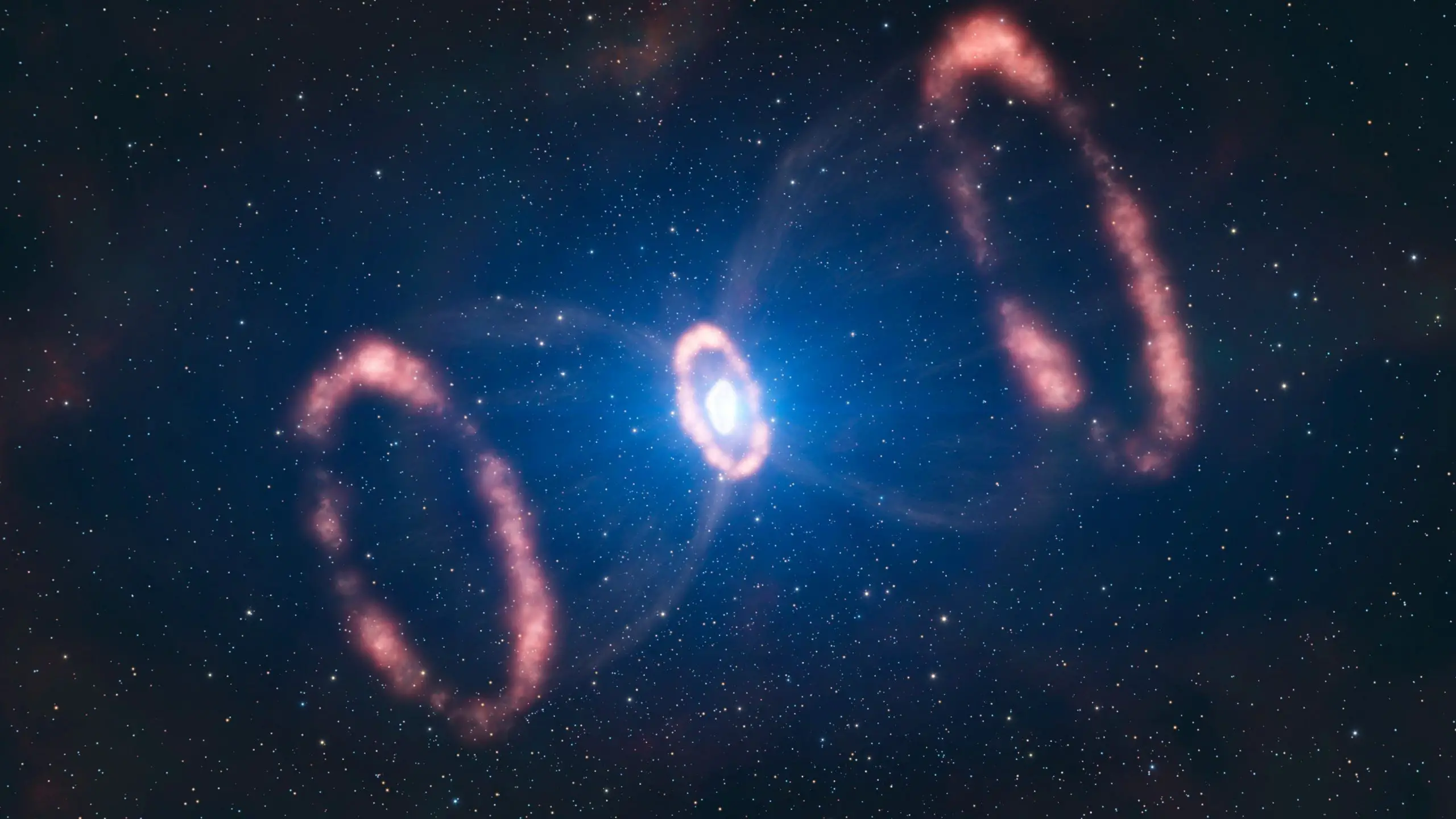
Supernovae, the spectacular death throes of massive stars, light up the cosmos with a dazzling burst of energy. These stellar explosions scatter elements across the galaxy, creating the building blocks for new stars and planets. Imagine a single star shining as bright as an entire galaxy for a brief moment. Known for their immense power, supernovae shape the universe and leave behind neutron stars or black holes. Fascinating and awe-inspiring, they fuel our curiosity about the mysteries of space and the incredible forces at play beyond our world. Prepare to be amazed by these cosmic firework displays!
Read More About Supernovae: 15 Unbelievable Facts About Supernovae
14
of 28
White Dwarfs

White dwarfs, the remnants of medium-sized stars after they exhaust nuclear fuel, pack a punch in the cosmic arena. These dense celestial bodies, roughly Earth-sized but with the mass of the Sun, boast fascinating properties. Known for their incredible gravitational pull, they can distort nearby objects and even capture debris, creating stunning cosmic displays. Over time, they cool and fade, transitioning from blazing to virtually invisible. Found scattered across the galaxy, white dwarfs serve as cosmic clocks, helping astronomers gauge the universe’s age. Their captivating presence and unique traits make them an intriguing subject in the vast expanse of outer space.
Read More About White Dwarfs: 11 Surprising Facts About White Dwarfs
15
of 28
Red Giants
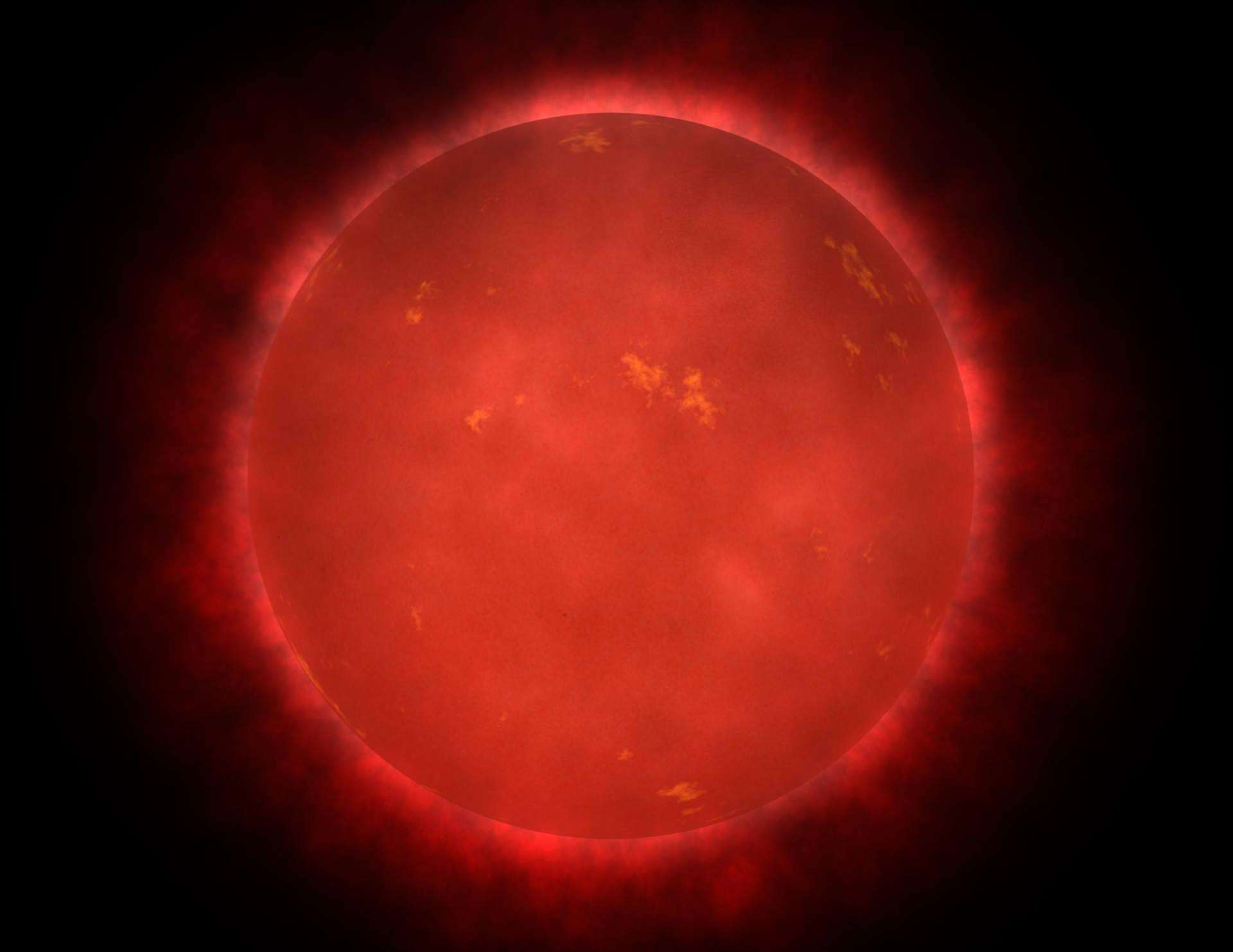
Red giants are some of the most fascinating stars in the universe. These colossal, luminous stars are in a late stage of stellar evolution, burning helium after exhausting their hydrogen fuel. They swell up to many times their original size, glowing with a reddish hue that makes them impossible to miss. Their vast outer layers expand and cool, creating a truly unique spectacle in space. Whether you’re an astronomy buff or just someone who enjoys stargazing, the mysteries and sheer scale of red giants will leave you in awe. Dive into these astounding facts and get ready to be amazed!
Read More About Red Giants: 18 Astounding Facts About Red Giants
16
of 28
Interstellar Medium
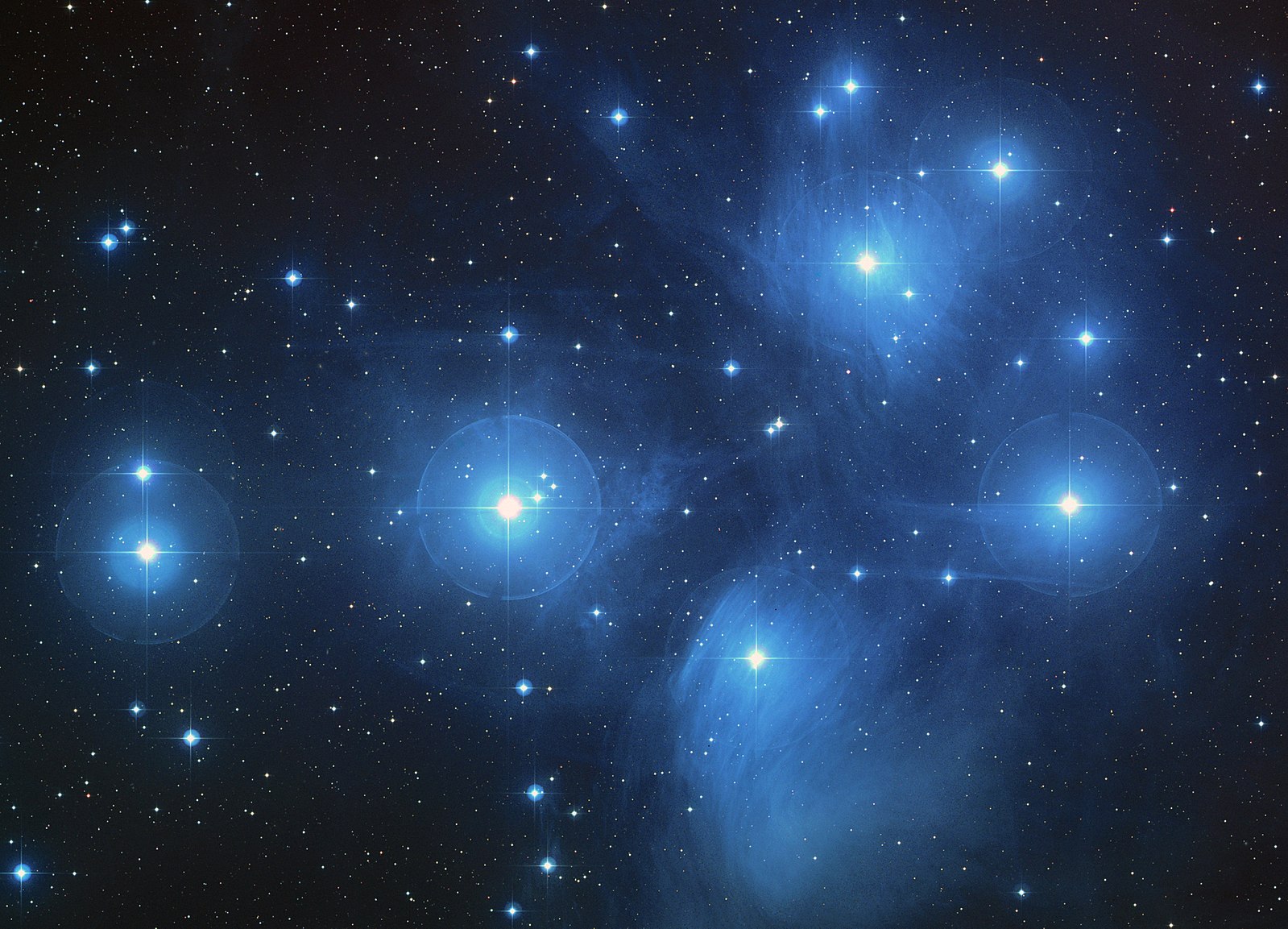
The interstellar medium, a cosmic tapestry of gas, dust, and mysterious particles, fills the space between stars in our galaxy. It plays an essential role in star formation and the overall dynamics of galaxies. This enigmatic substance holds secrets about the universe’s evolution, acting as a playground for magnetic fields, shock waves, and cosmic rays. Its varying density and composition can create stunning nebulae and other celestial spectacles. Exploring this vast expanse reveals unexpected phenomena that challenge our understanding of space. Get ready to uncover fascinating insights into this captivating aspect of the cosmos.
Read More About Interstellar Medium: 20 Intriguing Facts About Interstellar Medium
17
of 28
Cosmic Rays
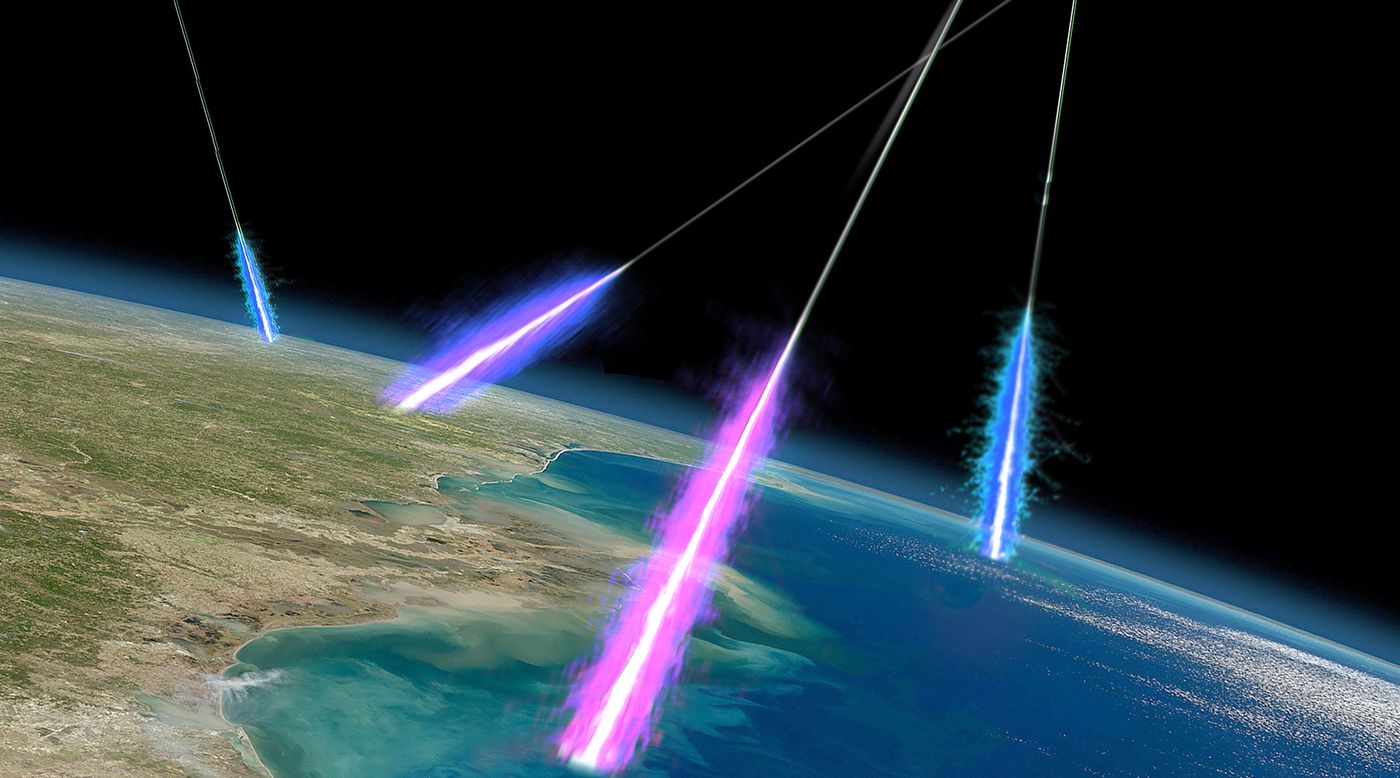
Cosmic rays are mind-blowing particles zipping through space at nearly light speed. Blasting from supernovae, black holes, and even the sun, they constantly bombard Earth. These energetic particles can penetrate the atmosphere, sometimes reaching the ground. Besides sparking auroras, cosmic rays might influence weather patterns and even play a role in evolution by triggering genetic mutations. They’re also a bit of a mystery, challenging scientists with their origins and behaviors. From the farthest reaches of the universe to our own backyard, cosmic rays weave an electrifying thread through the fabric of space and time.
Read More About Cosmic Rays: 11 Astonishing Facts About Cosmic Ray
18
of 28
Oort Cloud
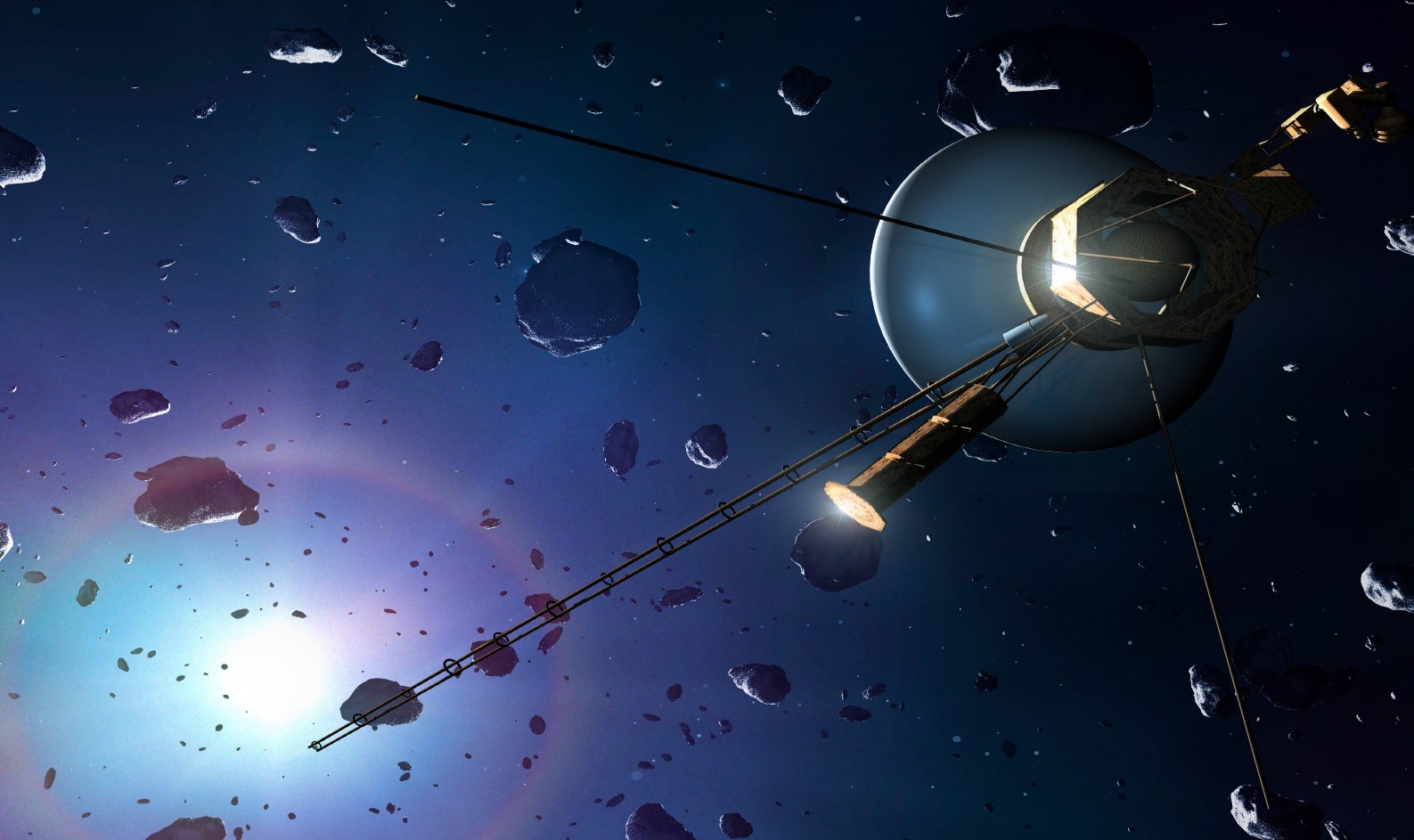
Hidden in the far reaches of our solar system lies the Oort Cloud, a mysterious and distant region filled with icy bodies and comets. Stretching nearly a light year from the Sun, it’s believed to be the source of many long-period comets that occasionally grace our skies. Imagine a vast, cosmic snow globe surrounding our solar system, containing billions of icy fragments. It’s a remnant from the early solar system, offering clues about its formation and evolution. Despite its distance, the Oort Cloud continues to intrigue scientists and fuels our curiosity about what lies beyond our planetary neighborhood.
Read More About Oort Cloud: 15 Surprising Facts About Oort Cloud
19
of 28
Heliosphere
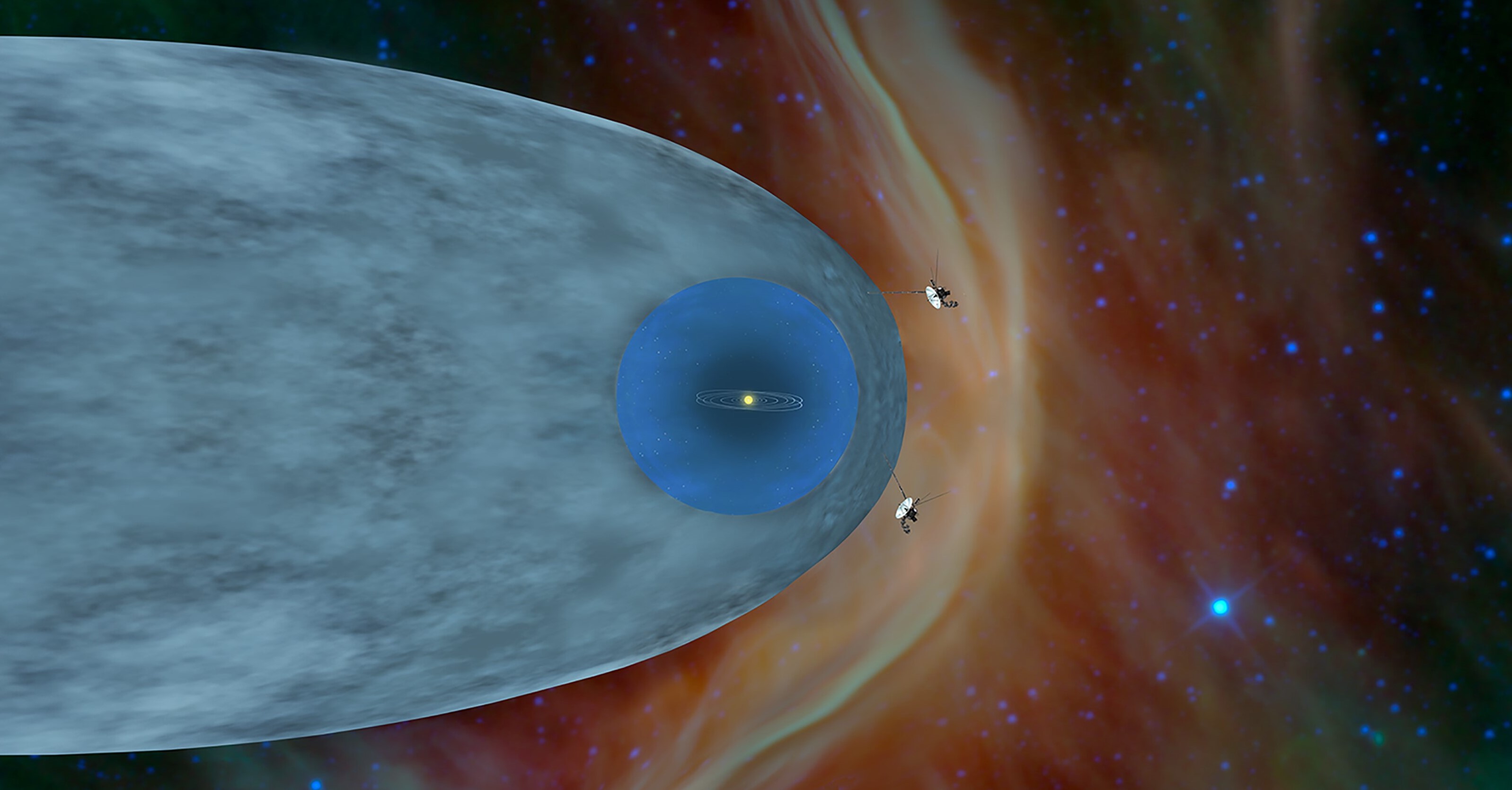
The heliosphere, a fascinating bubble surrounding our solar system, shields us from cosmic radiation. Created by the solar wind, this vast region extends far beyond Pluto’s orbit. Within the heliosphere, particles from the Sun interact with interstellar matter, forming a unique boundary. This protective bubble influences everything from space weather to potential interstellar travel. Without it, life on Earth might be exposed to harmful cosmic rays. Scientists study the heliosphere to understand its role in safeguarding our planet and its dynamic interplay with neighboring star systems. It’s a cosmic shield, full of mysteries, waiting to be unraveled.
Read More About Heliosphere: 18 Surprising Facts About Heliosphere
20
of 28
Protostars
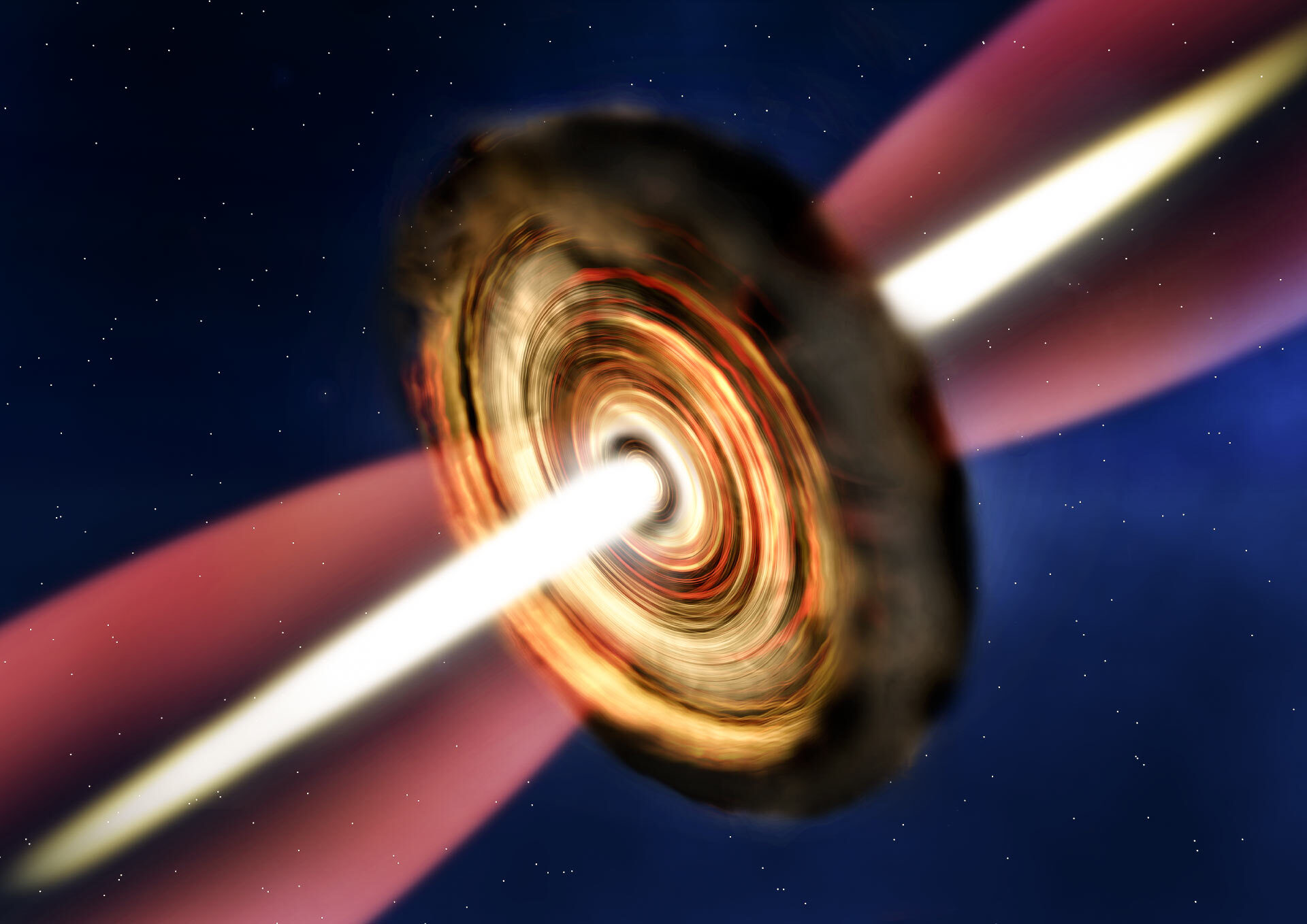
A protostar represents the early stage of a star’s life cycle, where clouds of gas and dust collapse under gravity. These embryonic stars, shrouded in cosmic nurseries, radiate intense heat and light as they grow. Born from the remnants of ancient supernovae, protostars offer a glimpse into stellar formation and evolution. With swirling disks of material, they often produce jets of high-speed particles shooting into space. Eventually, nuclear fusion ignites in their cores, heralding the birth of a new star. Fascinating and dynamic, protostars embody the raw power and beauty of the cosmos’ creative processes.
Read More About Protostars: 15 Great Facts About A Protostar
21
of 28
Event Horizon
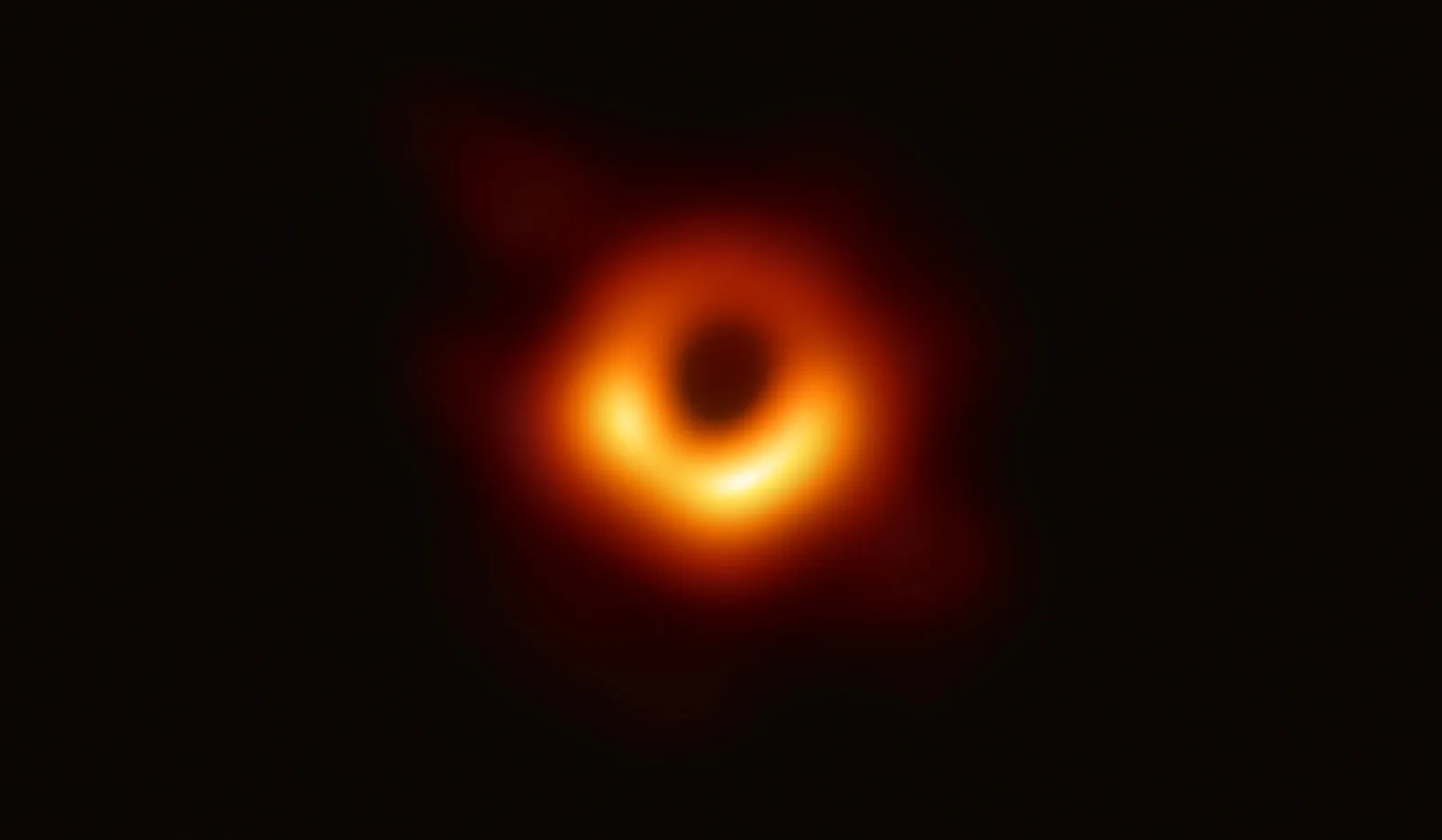
Journey into the mysteries of the event horizon, the enigmatic boundary surrounding a black hole where gravity pulls so strongly that not even light can escape. It’s a region where the laws of physics as we know them break down, creating a point of no return. Picture yourself near the edge, witnessing space-time warp in unimaginable ways. This astronomical phenomenon holds secrets about the universe’s most extreme conditions, challenging our understanding of reality. Whether you’re a seasoned space enthusiast or just curious, the event horizon promises a wild ride through the cosmos’ most unfathomable depths.
Read More About Event Horizon: 14 Captivating Facts About Event Horizon
22
of 28
Wormholes
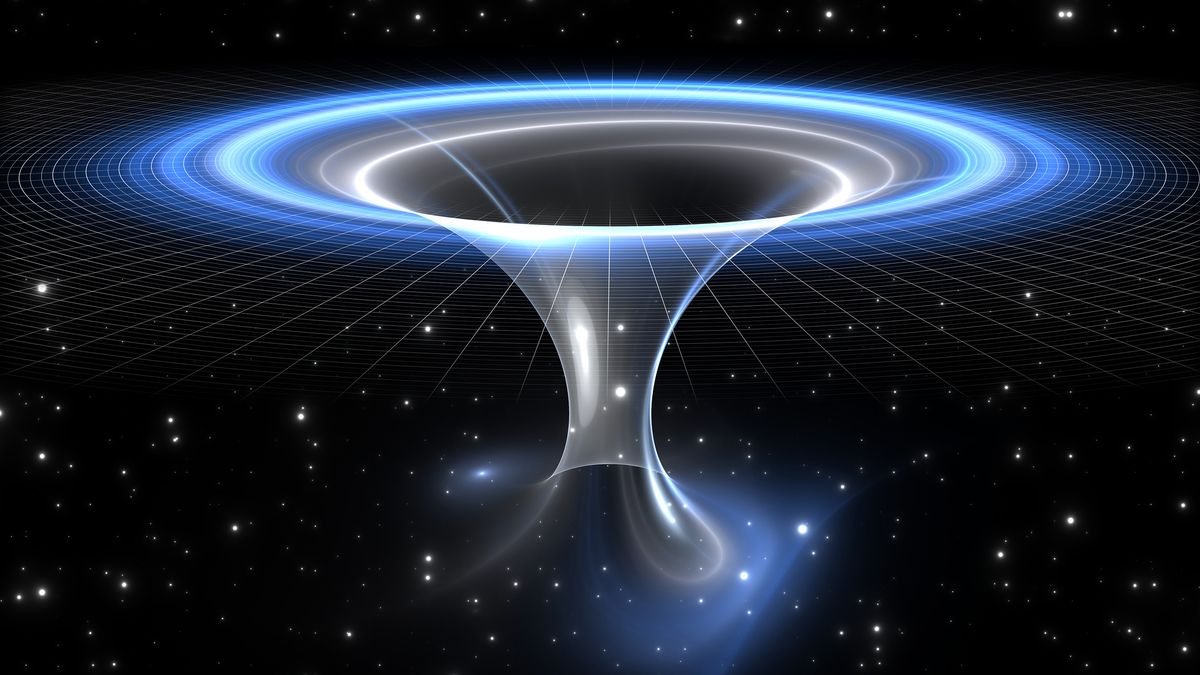
Wormholes are cosmic shortcuts connecting distant parts of the universe, twisting spacetime to potentially allow faster-than-light travel. Imagine a tunnel with two ends in different locations. These enigmatic phenomena, rooted in Einstein’s theory of general relativity, tantalize scientists and sci-fi fans alike. Despite being theoretical, wormholes offer intriguing possibilities for space exploration and understanding of the cosmos. Physicists debate their stability, while storytellers envision adventures through them. From secret passageways between galaxies to potential time travel conduits, wormholes captivate our imaginations, adding to the bizarre wonders lurking in outer space.
Read More About Wormholes: 10 Facts About Wormholes
23
of 28
Galactic Cannibalism
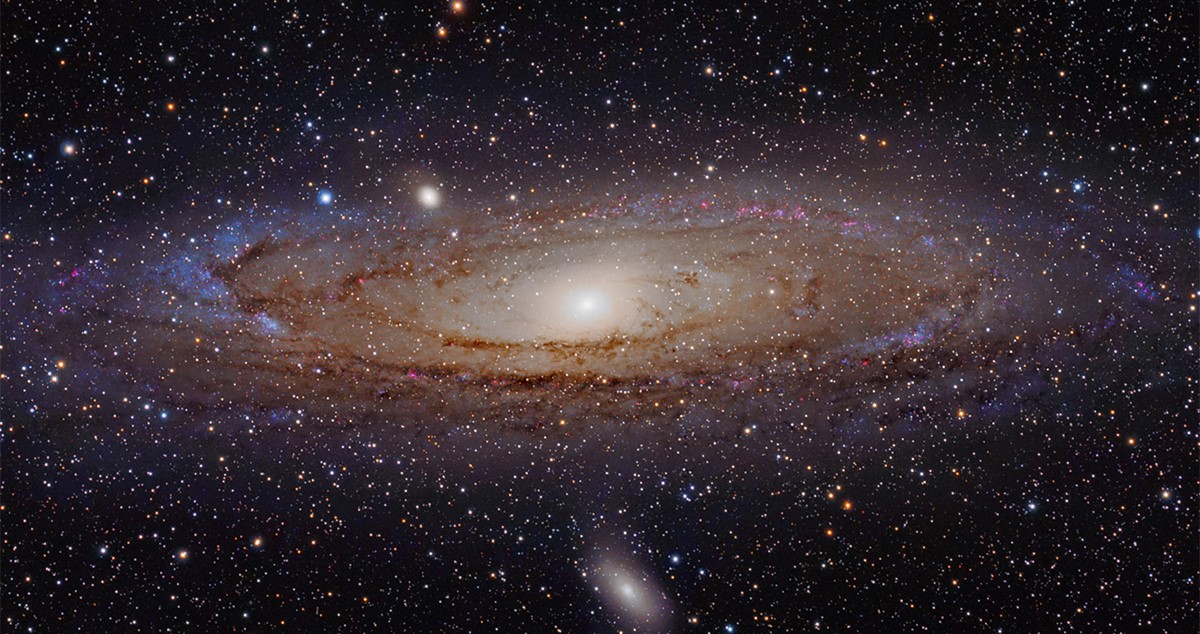
Galactic cannibalism happens when a larger galaxy devours a smaller one, merging their stars, gas, and dust. This cosmic feast can dramatically change the appearance and behavior of galaxies, creating bursts of star formation and altering their structure. It’s a chaotic, yet fascinating, process that helps astronomers understand galaxy evolution. Imagine the night sky filled with the remnants of these epic collisions, painting a picture of a universe in constant motion and transformation. This phenomenon shows the powerful and sometimes violent interactions that shape the cosmos we see today. Ready to learn more about this cosmic buffet?
Read More About Galactic Cannibalism: 19 Astonishing Facts About Galactic Cannibalism
24
of 28
Cosmic Voids
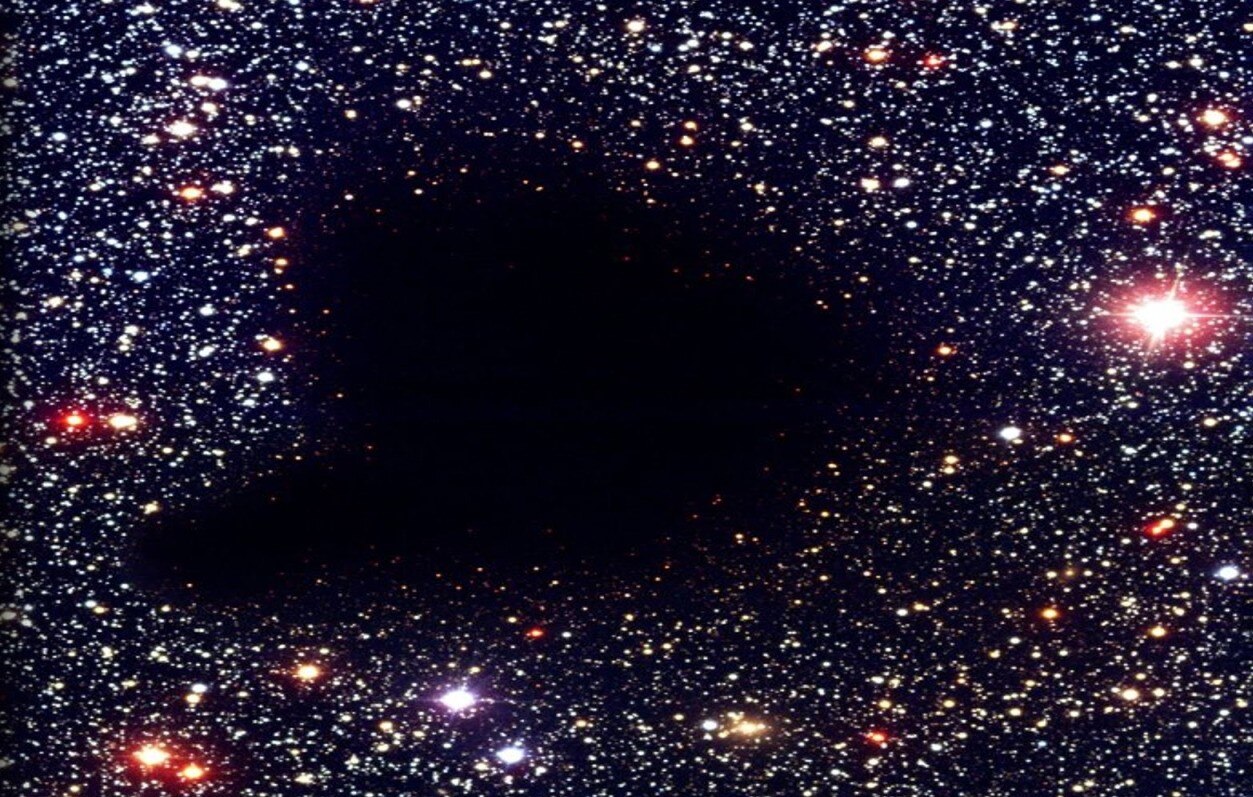
Cosmic voids are vast, empty regions in space, where galaxies and matter are mysteriously sparse. Imagine a colossal bubble, millions of light-years across, almost devoid of stars, planets, and galaxies. These immense empty spaces challenge our understanding of the universe’s structure and expansion. Despite their emptiness, they hold clues about dark matter and dark energy, which govern the cosmos. Studying them might feel like looking into the abyss, but it’s a journey filled with wonder, revealing secrets about the universe’s past, present, and future.
Read More About Cosmic Voids: 20 Fascinating Facts About Cosmic Void
25
of 28
Cosmic Strings

Cosmic strings are theoretical cracks in the fabric of spacetime left over from the early universe. Imagine a cosmic shoelace stretching across galaxies, thinner than an atom but immensely dense. These one-dimensional defects could create gravitational waves, distort spacetime, and even act as a lens, magnifying distant stars. Thought to be remnants from the Big Bang, they could help us understand the universe’s formation. Though no one’s seen one yet, they’re subjects of intense study in cosmology and string theory. Exploring cosmic strings offers a tantalizing glimpse into the mysteries of how everything began.
Read More About Cosmic Strings: 16 Astonishing Facts About Cosmic Strings
26
of 28
Antimatter

Get ready to marvel at the mind-bending world of antimatter, a mysterious counterpart to the ordinary matter we know. Found in outer space, antimatter behaves like a cosmic mirror, annihilating regular matter upon contact and releasing colossal energy. Scientists have only captured tiny amounts, making it one of the universe’s rarest substances. Its potential for power and propulsion sparks curiosity and imagination, propelling endless possibilities in space exploration and beyond. Dive into the enigma of antimatter, where science fiction meets reality, and discover how this exotic substance could shape our cosmic future.
Read More About Antimatter: 13 Unbelievable Facts About AntiMatter (MATTER)
27
of 28
Solar Flares

Solar flares are sudden, intense bursts of radiation erupting from the sun’s surface. They can release vast amounts of energy equivalent to millions of nuclear bombs. These fiery outbursts can disrupt communications, satellite operations, and even power grids on Earth. Often accompanied by stunning auroras, solar flares are a dazzling yet formidable force of nature. They originate from sunspots, regions of strong magnetic fields, and have been studied for their unpredictable behavior. Whether you’re a space enthusiast or just curious, solar flares promise an electrifying glimpse into our sun’s dynamic personality.
Read More About Solar Flares: 16 Surprising Facts About Solar Flare
28
of 28
Astrobiology
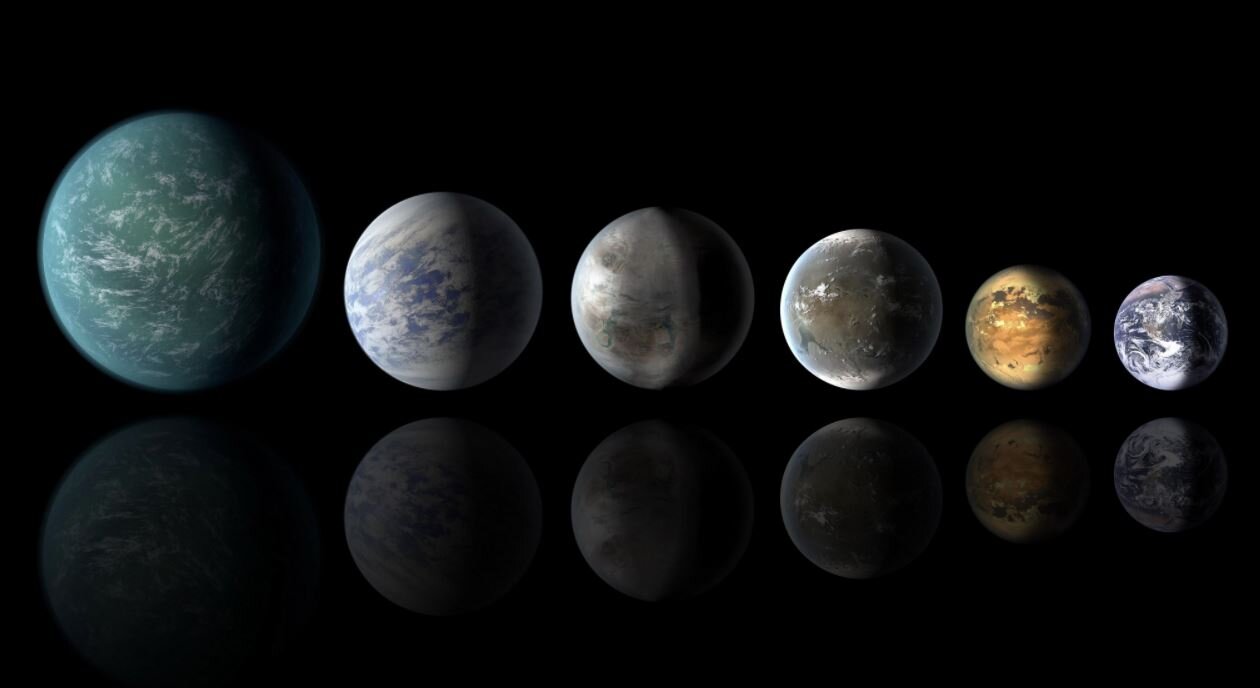
Astrobiology, the study of life beyond Earth, offers a mind-blowing look into the universe’s mysteries. From strange microbes surviving in space to the potential for alien life on distant exoplanets, this field keeps us on the edge of our seats. Imagine bacteria thriving in the vacuum of space or the weird possibilities of life on moons like Europa. Astrobiologists use cutting-edge tech and bold theories to investigate these phenomena, pushing the boundaries of what we know about life itself. It’s a fascinating blend of astronomy, biology, and planetary science, revealing just how bizarre space can be.
Read More About Astrobiology: 15 Astonishing Facts About Astrobiology
Was this page helpful?
Our commitment to delivering trustworthy and engaging content is at the heart of what we do. Each fact on our site is contributed by real users like you, bringing a wealth of diverse insights and information. To ensure the highest standards of accuracy and reliability, our dedicated editors meticulously review each submission. This process guarantees that the facts we share are not only fascinating but also credible. Trust in our commitment to quality and authenticity as you explore and learn with us.
